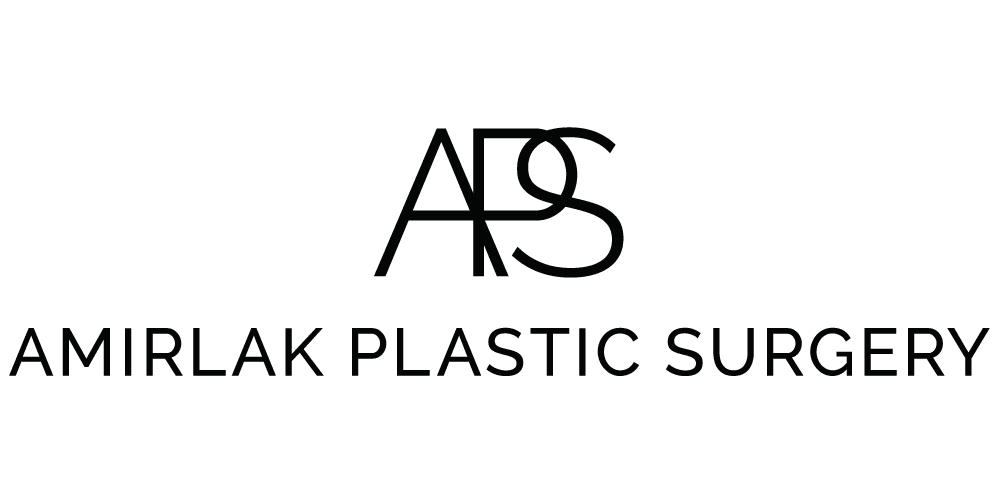Brachioplasty
- Posted on: May 11 2017
Brachioplasty (arm lift) is a surgical procedure performed to remove the loose, hanging skin that often develops on the underside of the upper arm as a result of aging, weight loss or weight gain. Brachioplasty is ideal for patients who have an excessive amount of hanging skin and/or fat that does not respond to diet and exercise; maintain a stable weight; do not smoke; and have realistic expectations for surgery. Patients must also be healthy overall, with no major medical conditions that can be affected by surgery.
The Brachioplasty Procedure
During brachioplasty, an incision is made along the inside of the upper arm; it often spans the underarm to the elbow. Excess fat is removed, either by direct excision or liposuction. Excess skin is trimmed away, and the arm’s underlying supportive tissue is tightened using internal absorbable sutures. Skin is then sutured back together; absorbable stitches may or may not be used to close the incision. Brachioplasty is performed under general anesthesia or intravenous sedation and, depending on the amount of skin and fat that are removed, takes 2 to 4 hours. Patients are able to return home the same day as surgery.
For a patient who needs only a small amount of skin and fat removed, a minimal-incision arm lift may be performed. A less invasive way to remove excess fat and tissue, it requires only a few small incisions near the underarm.
Recovery from Brachioplasty
After brachioplasty, patients typically experience swelling and bruising, as well as mild discomfort that can be managed with pain medication. Drainage tubes may be placed at the incision site to collect any excess blood or fluid for the first few days after surgery. Compression bandages are usually worn to promote proper healing. The results of brachioplasty are visible right away, but become more apparent as swelling and bruising subsides, which usually takes 2 weeks.
Risks of Brachioplasty
In addition to the risks associated with any surgery, those related to brachioplasty include the following:
- Loss of sensation
- Permanent swelling
- Persistent pain
- Fat necrosis
- Fluid accumulation
- Nerve, blood-vessel and/or muscle damage
The scar left by brachioplasty is significant, although it fades over time.


